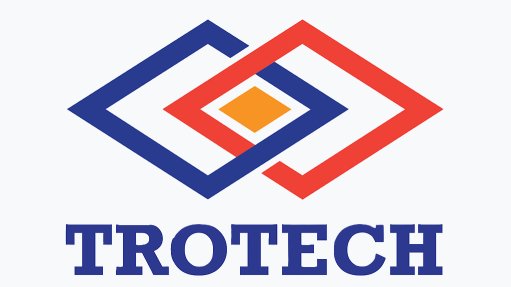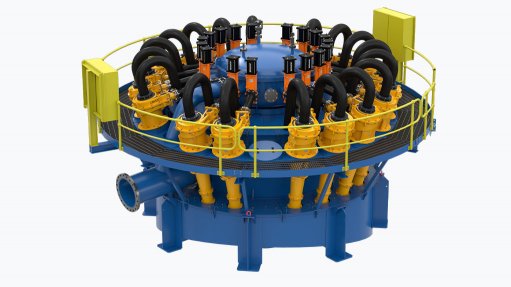The deeming provision explained - a guide for South African businesses
This article has been supplied.
By: Lucinda Alfonica - Commercial Manager and Donne Nieman, Sales Director at Workforce Staffing
The South African labour market shifts constantly. To help businesses roll with the punches, Temporary Employment Services (TES) providers are instrumental in connecting industries with flexible staffing solutions, and skilled job seekers with work. However, the “deeming provision” contained in the Labour Relations Act (the LRA) can introduce a layer of complexity to this relationship that often leads to misunderstandings and disputes. For companies considering engaging with a TES provider to benefit from workforce agility, a clear understanding of the deeming provision is essential.
Unpacking the misconceptions - revealing the “deemed” reality
At the heart of the matter is section 198A of the Labour Relations Act. According to this provision, if a temporary employee is assigned to a client for longer than three months, and is not performing a genuinely temporary service, they are “deemed” to be the employee of the client for the purposes of the LRA. It is this seemingly straightforward rule that has become the source of heated debate.
The biggest misconception is usually that “deemed employment” amounts to “permanent employment”, which is a fundamental misunderstanding. What happens after the three-month period passes is that the client and the TES provider become jointly and severally liable for labour matters, while the original triangular employment relationship persists.
Where does this misunderstanding on “deemed employment” come from? Several factors contribute, including the complexity of the legislation, a difference of interpretive opinion between employers and unions, and the lingering confusion between the concepts of “indefinite” and “permanent” employment.
Building legal clarification through the Assign Services and Swissport rulings
In the Assign Services judgment, it was confirmed that the deeming provision establishes a triangular relationship, without constituting a complete transfer of employment. After three months, the client assumes joint liability but does not replace the TES provider as the primary employer.
Then, in, GIWUSA obo Mgdezi & Others vs Swissport & Workforce Staffing the Commission for Conciliation, Mediation and Arbitration delivered much-needed insight into the “equal treatment” aspect of the deeming provision. According to this principle, temporary employees who are deemed to be employees of the client after three months must be treated fairly and comparably to the client’s permanent employees, particularly in terms of their employment conditions.
However, the Swissport ruling emphasised the need for a legitimate comparator when assessing equal treatment and doubled down on the distinction between indefinite and permanent employment, pointing out that deemed indefinitely employed does equate to permanent status.
Operational impacts - what businesses need to know
The deeming provision brings it home for businesses. After three months, clients become accountable for labour relations matters, including dismissals and unfair labour practices. This increased accountability is designed to ensure fair treatment and protect vulnerable temporary employees from exploitation.
Essentially, this provision takes a strong stance on the promotion of ethical employment practices, by preventing the indefinite use of temporary labour without taking on the employment responsibilities. It also encourages clients to actively engage in labour relations on their job sites, contributing to a more equitable working environment.
However, challenges with this provision remain. Complexity of interpretation, enforcement issues, and the need for ongoing education on its implications persist. Where businesses seek workforce agility that solves more problems than it creates, partnering with credible, compliant TES providers is the way to go. These professionals have the experience and expertise to understand, apply and manage the impact of the deeming provision on the three-way working relationship.
The final word on the deeming provision
For business leaders trying to iron out the complexities of temporary staffing and separate fact from fiction, it is important to remember the following truths about the deeming provision:
- “Deemed” does not amount to “permanent.” The client and TES provider share responsibility.
- Joint and several liability arises after three months.Businesses must be prepared to address labour relations matters.
- Partnering with a compliant TES provider must be a priority. This ensures labour law compliance and mitigates risks, while unlocking the benefits of flexibility.
- The provision protects vulnerable employees. Businesses must uphold fair treatment standards.
- Differentiate between indefinite and permanent employment. Deemed indefinite employment does not confer permanent status.
With a clear understanding of the LRA’s deeming provision forming the foundation of a solid working partnership with a reputable TES provider, businesses can take full advantage of flexible staffing solutions, while participating in ethical employment practices and ensuring their labour law compliance.
Article Enquiry
Email Article
Save Article
Feedback
To advertise email advertising@creamermedia.co.za or click here
Comments
Announcements
What's On
Subscribe to improve your user experience...
Option 1 (equivalent of R125 a month):
Receive a weekly copy of Creamer Media's Engineering News & Mining Weekly magazine
(print copy for those in South Africa and e-magazine for those outside of South Africa)
Receive daily email newsletters
Access to full search results
Access archive of magazine back copies
Access to Projects in Progress
Access to ONE Research Report of your choice in PDF format
Option 2 (equivalent of R375 a month):
All benefits from Option 1
PLUS
Access to Creamer Media's Research Channel Africa for ALL Research Reports, in PDF format, on various industrial and mining sectors
including Electricity; Water; Energy Transition; Hydrogen; Roads, Rail and Ports; Coal; Gold; Platinum; Battery Metals; etc.
Already a subscriber?
Forgotten your password?
Receive weekly copy of Creamer Media's Engineering News & Mining Weekly magazine (print copy for those in South Africa and e-magazine for those outside of South Africa)
➕
Recieve daily email newsletters
➕
Access to full search results
➕
Access archive of magazine back copies
➕
Access to Projects in Progress
➕
Access to ONE Research Report of your choice in PDF format
RESEARCH CHANNEL AFRICA
R4500 (equivalent of R375 a month)
SUBSCRIBEAll benefits from Option 1
➕
Access to Creamer Media's Research Channel Africa for ALL Research Reports on various industrial and mining sectors, in PDF format, including on:
Electricity
➕
Water
➕
Energy Transition
➕
Hydrogen
➕
Roads, Rail and Ports
➕
Coal
➕
Gold
➕
Platinum
➕
Battery Metals
➕
etc.
Receive all benefits from Option 1 or Option 2 delivered to numerous people at your company
➕
Multiple User names and Passwords for simultaneous log-ins
➕
Intranet integration access to all in your organisation






















